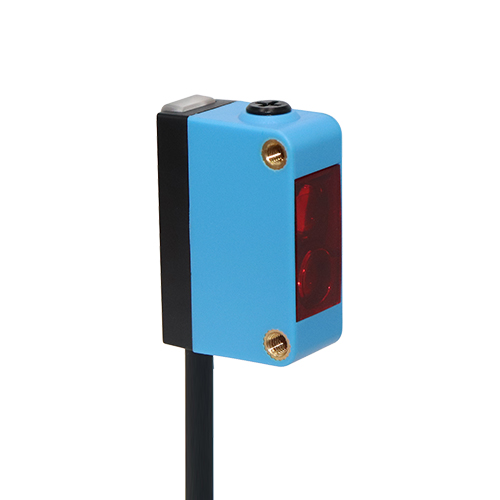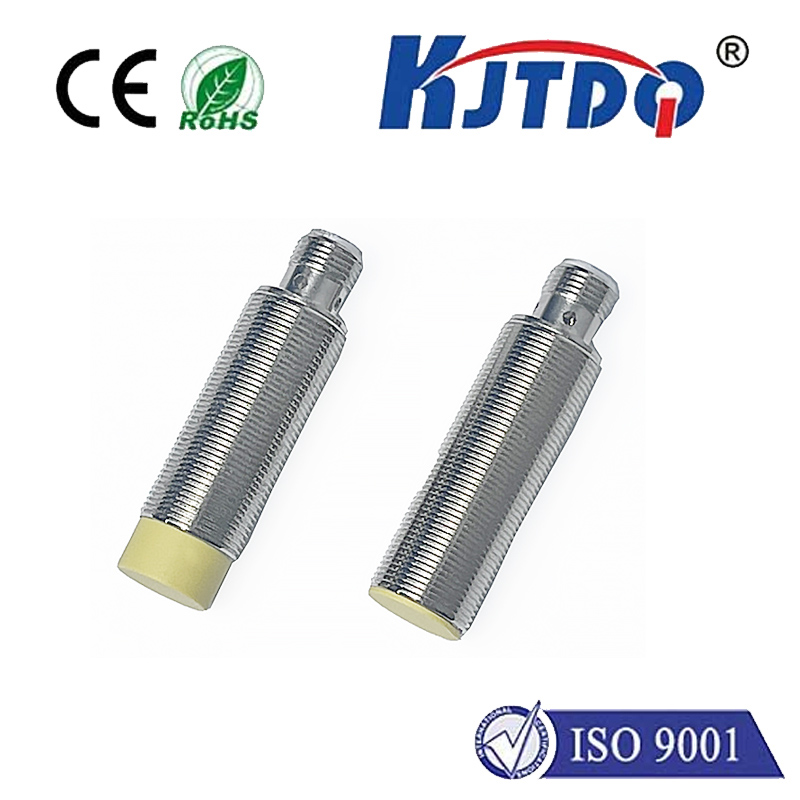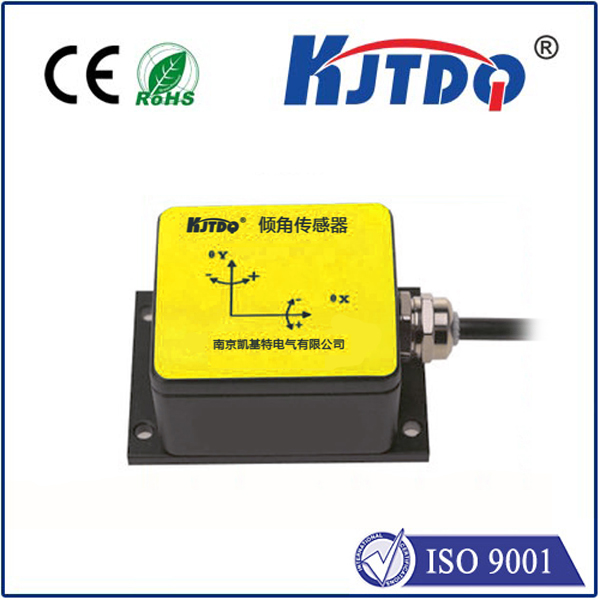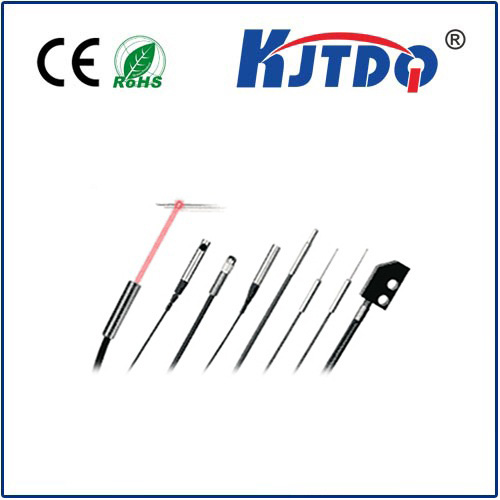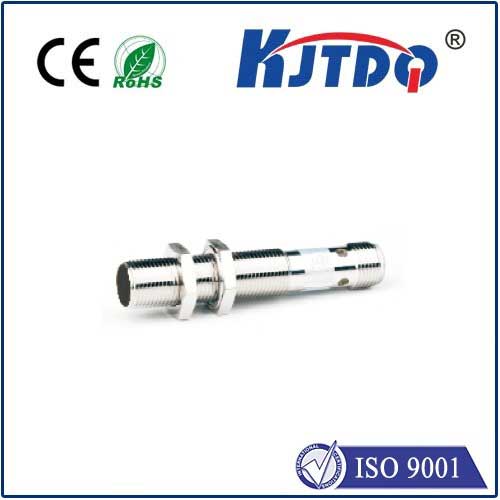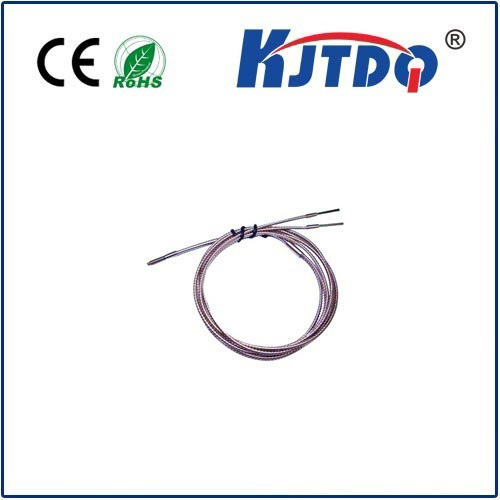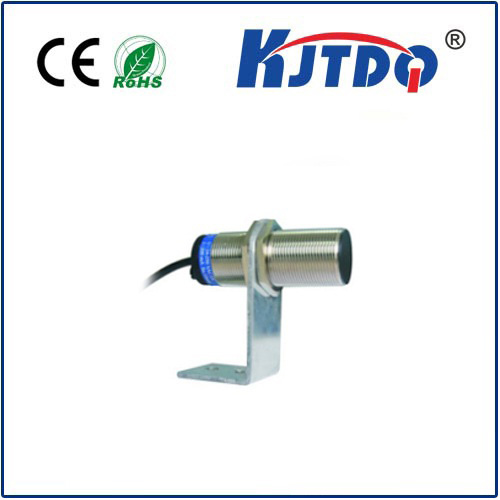

check

check

check

check
In the intricate choreography of modern automation, machines rely on countless unseen guardians to detect presence, position, and boundaries. Among these silent sentinels, proximity sensors and limit switches stand as fundamental pillars of object detection and position control. While their ultimate goal – signaling an object’s arrival or position – seems similar, their operational principles, strengths, and ideal applications diverge significantly. Understanding the crucial differences between a proximity sensor and a limit switch is paramount for optimizing performance, reliability, and cost-efficiency in any industrial setting. This isn’t about one being universally superior, but about selecting the precise tool for the specific task at hand.
The Fundamentals: Sensing Without Touch vs. Mechanical Confirmation
At its core, a limit switch is a fundamentally electro-mechanical device. It operates much like a traditional light switch activated by physical force. An object needs to make direct, physical contact with an actuator arm, lever, roller, or plunger protruding from the switch body. This mechanical movement triggers internal contacts to open or close an electrical circuit, sending a clear signal: “Object encountered here.” Their operation is tangible, straightforward, and relatively easy to understand.
Conversely, a proximity sensor (specifically non-contact types like inductive, capacitive, or photoelectric) is a solid-state electronic marvel. It detects the presence or absence of an object without any physical contact. Here’s how common types work:
Key Distinctions: Performance Under Pressure
The fundamental difference in operation cascades into critical performance characteristics:
Choosing Your Champion: Matching Application Needs
When to Choose a Limit Switch:

Cost is a primary constraint: Limit switches are generally less expensive upfront.
Simple, low-speed applications: Where precise positioning isn’t critical and cycle rates are moderate.
Mechanical confirmation is required: Situations where physical contact with the object is necessary or desirable for confirmation (e.g., verifying a part is fully seated by needing to physically move a lever).
Detecting non-metallic objects where proximity options are limited: Though capacitive sensors might also work, a simple mechanical switch can sometimes suffice.
Harsh electrical environments: May offer greater robustness against voltage spikes in some scenarios (though modern proximity sensors are also robust).
When to Choose a Proximity Sensor:
High-Speed Operation: Essential for detecting objects on fast lines or in rapid counting.
High Cycle Counts: Where mechanical wear would cause frequent limit switch failures, proximity sensors offer significantly lower lifetime cost due to minimal maintenance.
Harsh Physical Environments: Dusty, wet, oily, or corrosive settings where ingress or mechanical damage would plague a limit switch.
Precise & Repeatable Positioning: Applications demanding micron-level accuracy or consistent detection points.
No Physical Contact Possible/Desirable: To avoid marking delicate surfaces, prevent mechanical shock, operate in sanitation-critical zones (food/pharma), or sense through non-metallic barriers (like glass or plastic).
Target Material Suits Sensor Type: Metal detection (inductive), general presence (capacitive), beam interruption/reflection (photoelectric).
Beyond Either/Or: The Power of Hybrid Solutions
A fascinating development is the proximity limit switch. This hybrid leverages the non-contact sensing principle (usually inductive) of a proximity sensor but packages it within a rugged housing and interface designed to directly replace traditional mechanical limit switches in existing mounts and control circuits. It merges the reliability and speed of non-contact detection with the mechanical robustness and familiar installation format of a limit switch. This offers an excellent upgrade path, allowing engineers to reap the benefits of proximity technology without redesigning mounting points or control wiring.
The decision between a proximity sensor and a limit switch is rarely arbitrary. It hinges on a careful analysis of the application’s specific demands: detection speed, target material, required precision, cycle frequency, operating environment, and long-term cost considerations. By appreciating the fundamental differences – contact vs. non-contact, mechanical wear vs. solid-state
